Java Reference
In-Depth Information
Notice that the method
paint
has a parameter
g
of type
Graphics
.
Graphics
is an
abstract class in the
java.awt
package. Every container and component that can be
drawn on the screen has an associated
Graphics
object. (To be precise, every
JComponent
has an associated
Graphics
object.) This associated
Graphics
object has data specifying
what area of the screen the component or container covers. In particular, the
Graphics
object for a
JFrame
specifies that the drawing takes place inside the borders of the
JFrame
object. (Since
Graphics
is an abstract class, every
Graphics
object is an instance of some
concrete descendent class of the
Graphics
class, but we usually do not care about which
descendent class. All we normally need to know is that it is of type
Graphics
.)
The
Graphics
class, and so any
Graphics
object
g
, has all the methods that we will
use to draw figures, such as circles, lines, and boxes, on the screen. Almost the entire
definition of the
paint
method in Display 18.11 consists of invocations of various
drawing methods with the parameter
g
as the calling object.
When the
paint
method in Display 18.11 is (automatically) invoked, the parame-
ter
g
will be replaced by the
Graphics
object associated with the
JFrame
, so the figures
drawn will be inside the
JFrame
. Let's look at the code in this method
paint
.
Notice the first line in the definition of
paint
in Display 18.11:
Graphics
super
.paint(g);
Recall that
super
is a name for the parent class of a derived class. The class in Display
18.11 is derived from the class
JFrame
, so
super.paint
is the
paint
method for the class
JFrame
. Whenever you redefine the method
paint
, you should start with this invocation
of
super.paint
. This ensures that your definition of
paint
will do all the things the
standard
paint
method does, such as draw the title and border for the
JFrame
. (This les-
son applies even if the class is derived from some class other than
JFrame
.)
The following invocation from the method
paint
draws the circle forming the
head:
drawOval
g.drawOval(X_FACE, Y_FACE, FACE_DIAMETER, FACE_DIAMETER);
The last two arguments give the width and height of the enclosing rectangle, shown in
red. The fact that these two arguments are equal is what makes it a circle instead of a
typical oval. The first two arguments give
x
- and
y
-coordinates for the position of the
circle. Note that a figure is positioned by giving the position of the upper-left corner of
an enclosing rectangle.
The only other drawing statements in the method
paint
are invocations of
g.drawLine
. The method
g.drawLine
draws a straight line between two points with
x
-
and
y
-coordinates (
x
1
,
y
1
) and (
x
2
,
y
2
), where the argument positions for the four coor-
dinate numbers are indicated below:
drawLine
g.drawLine(
x
1
,
y
1
,
x
2
,
y
2
)
For example, the invocation that draws the mouth is as follows:
g.drawLine(X_MOUTH, Y_MOUTH, X_MOUTH + MOUTH_WIDTH, Y_MOUTH);





















